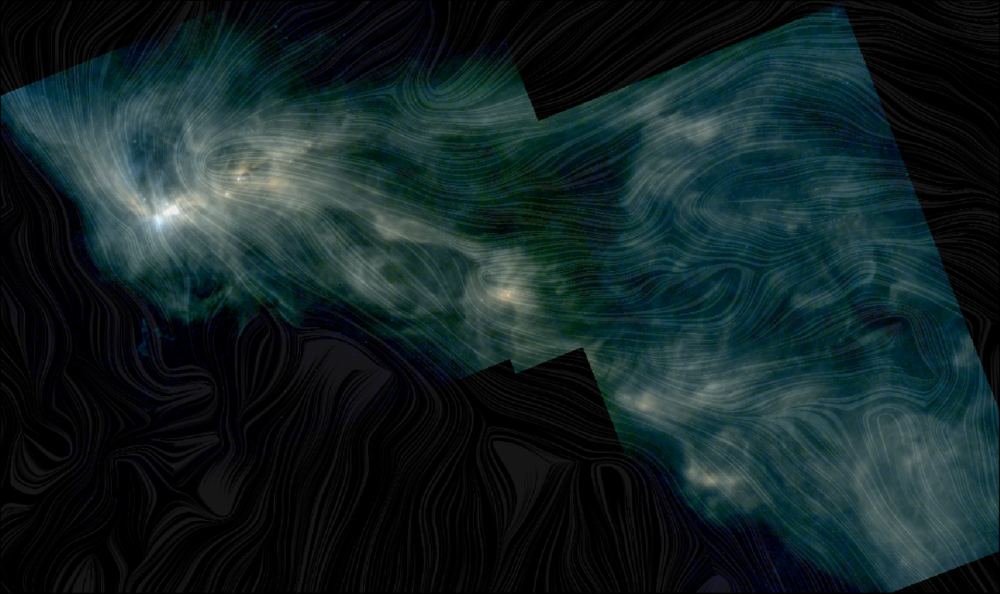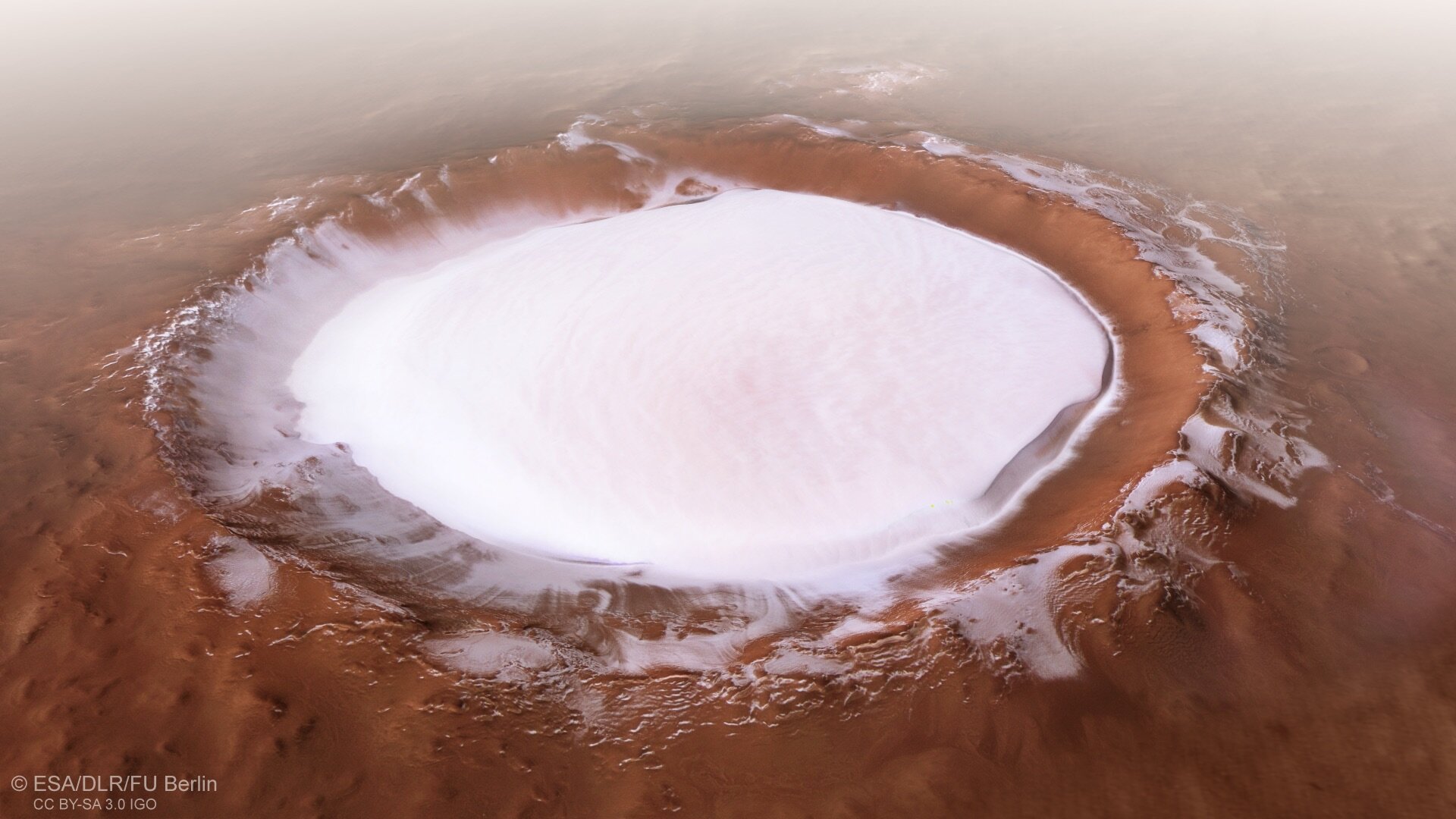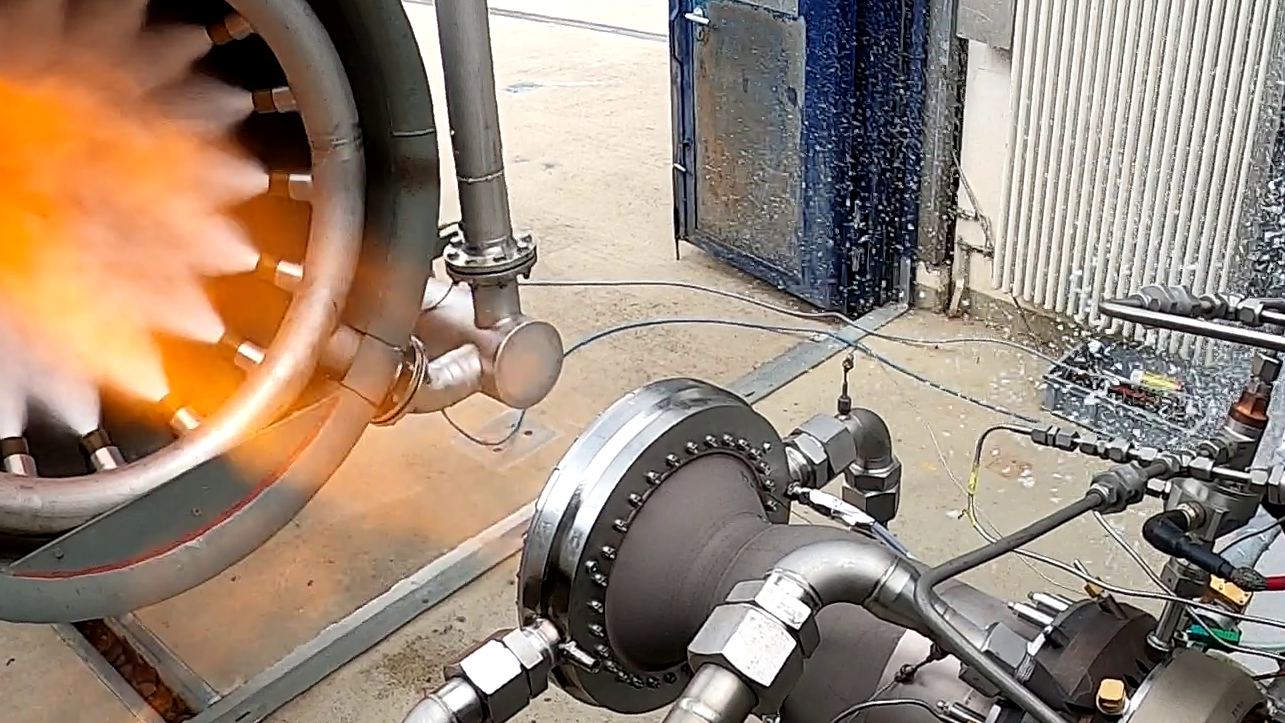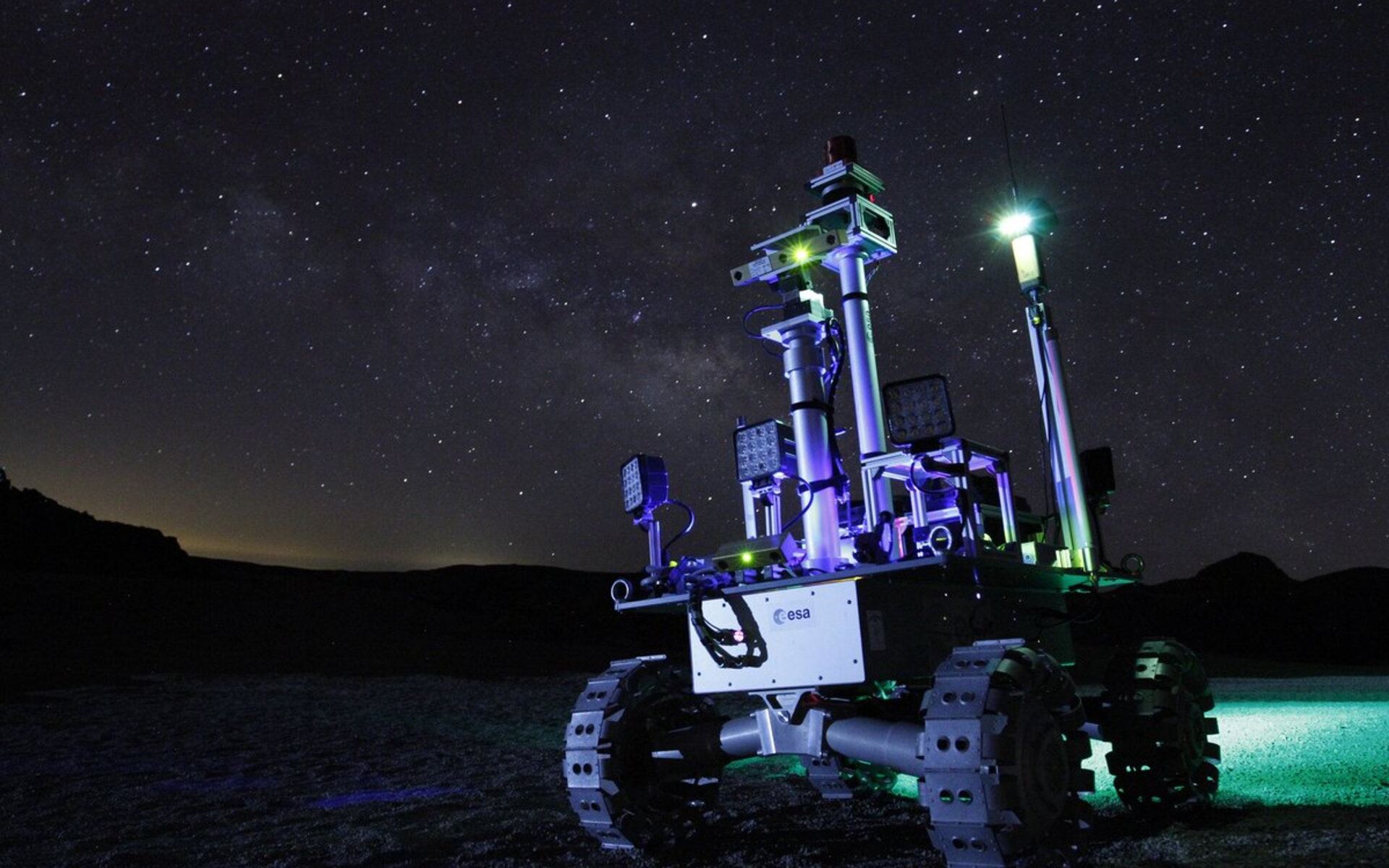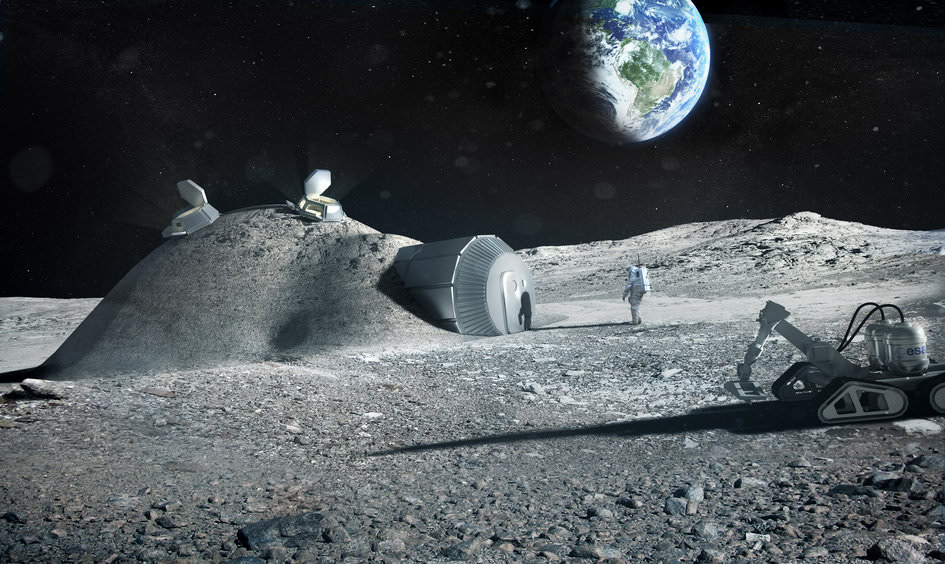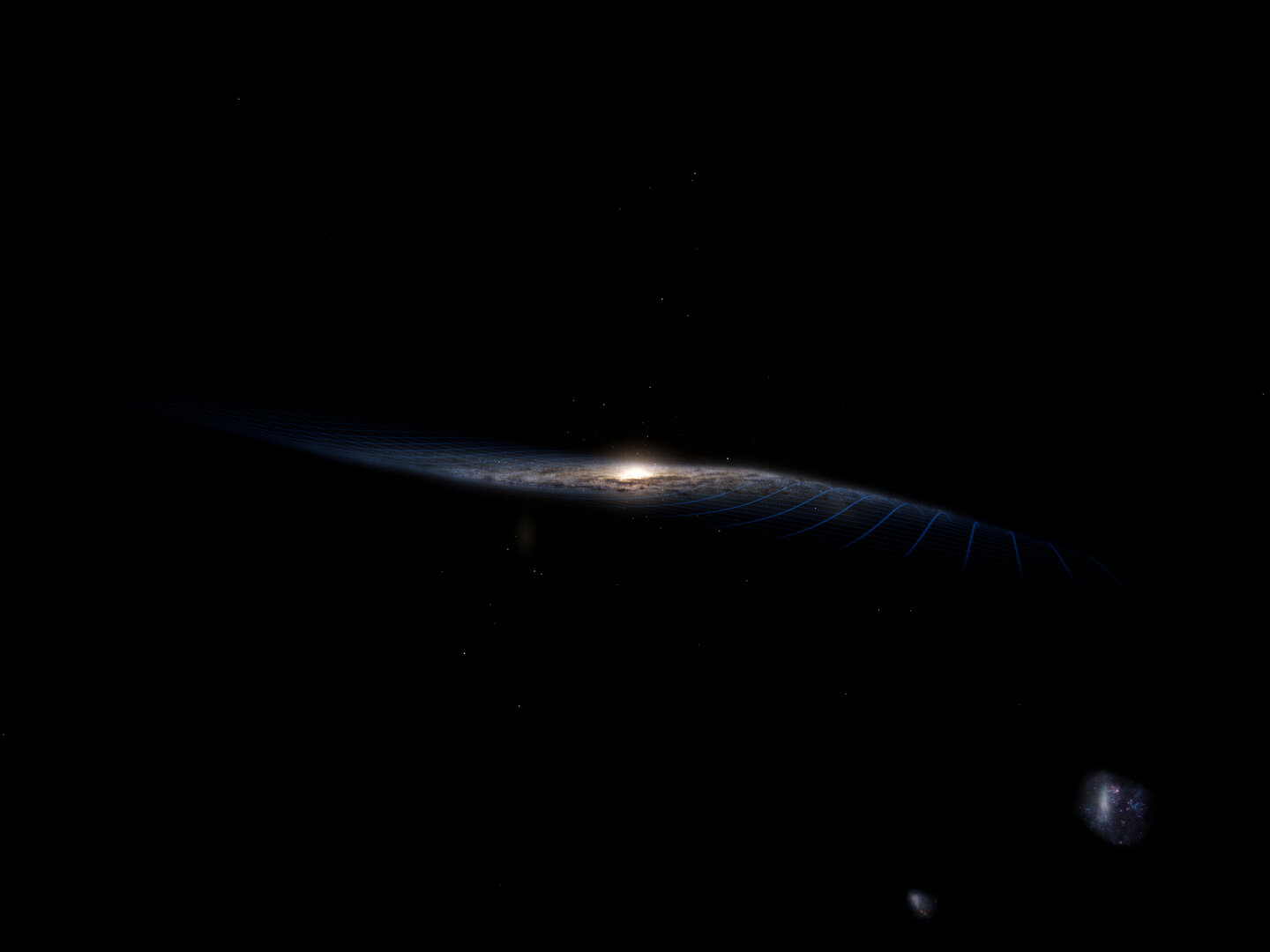Here’s something we don’t see very often: an Earth-grazing meteoroid.
On September 22, 2020, a small space rock skipped through Earth’s atmosphere and bounced back into space. The meteoroid was spotted by the by a camera from the Global Meteor Network, seen in the skies above Northern Germany and the Netherlands. It came in as low as 91 km (56 miles) in altitude – far below any orbiting satellites – before it skipping back into space.
Continue reading “Video Shows a Meteoroid Skipping off Earth’s Atmosphere”

